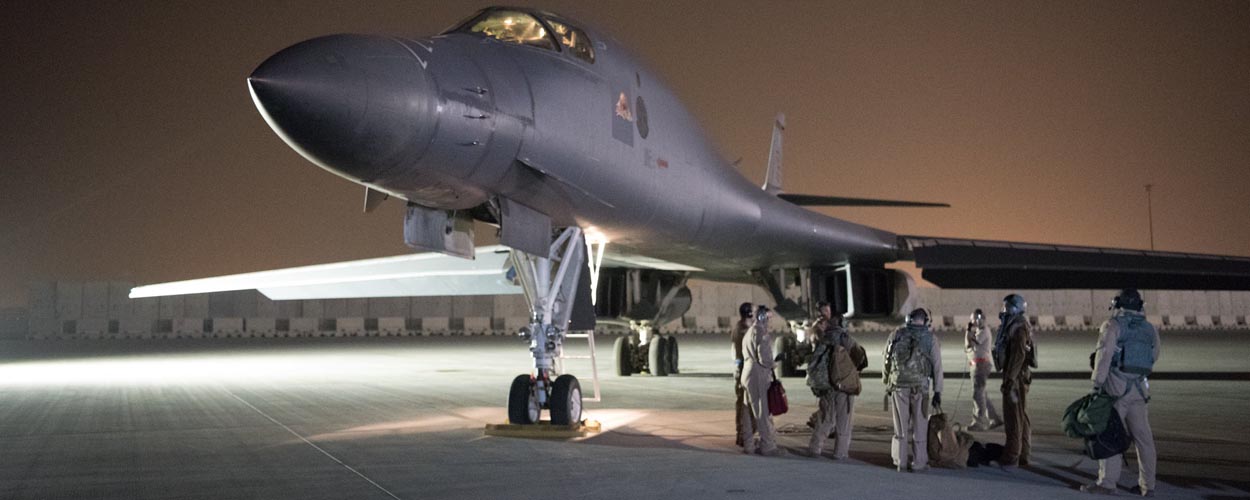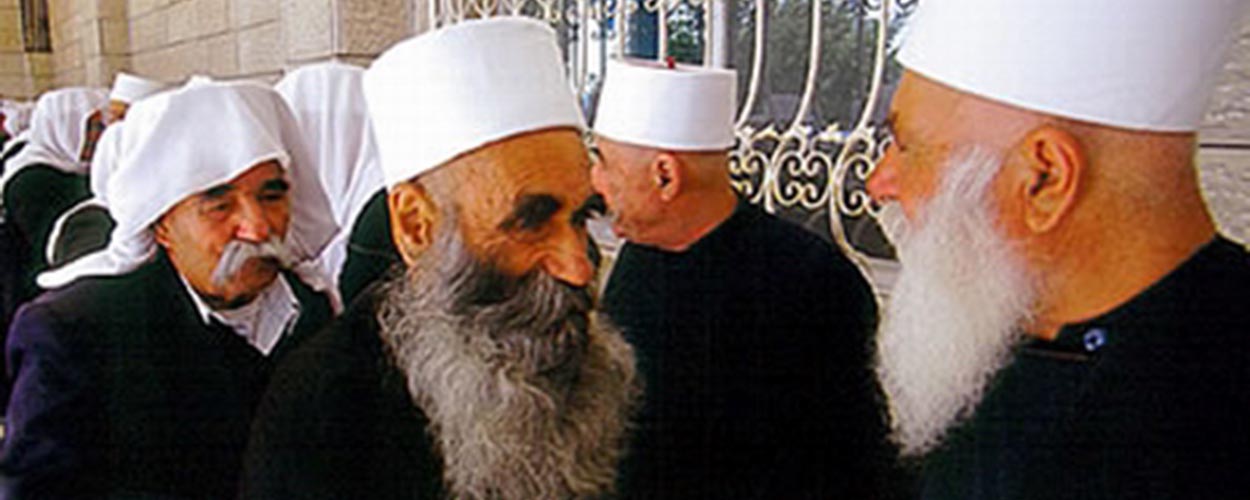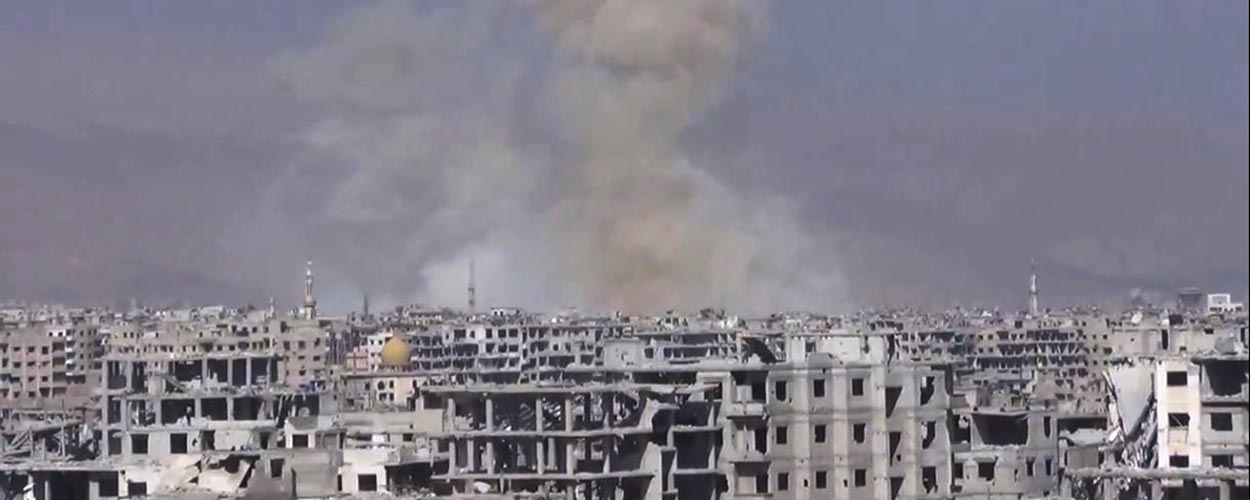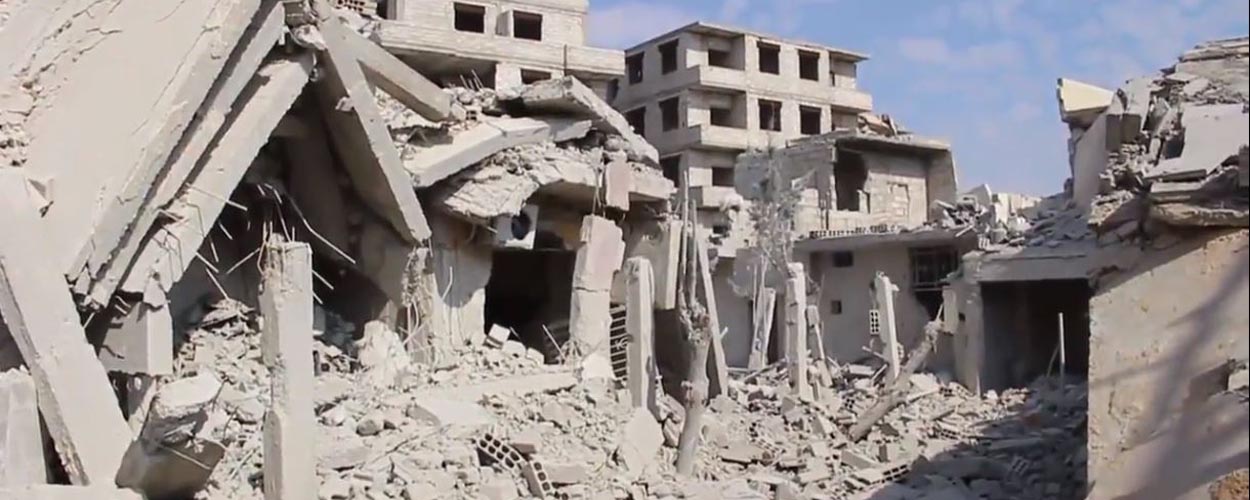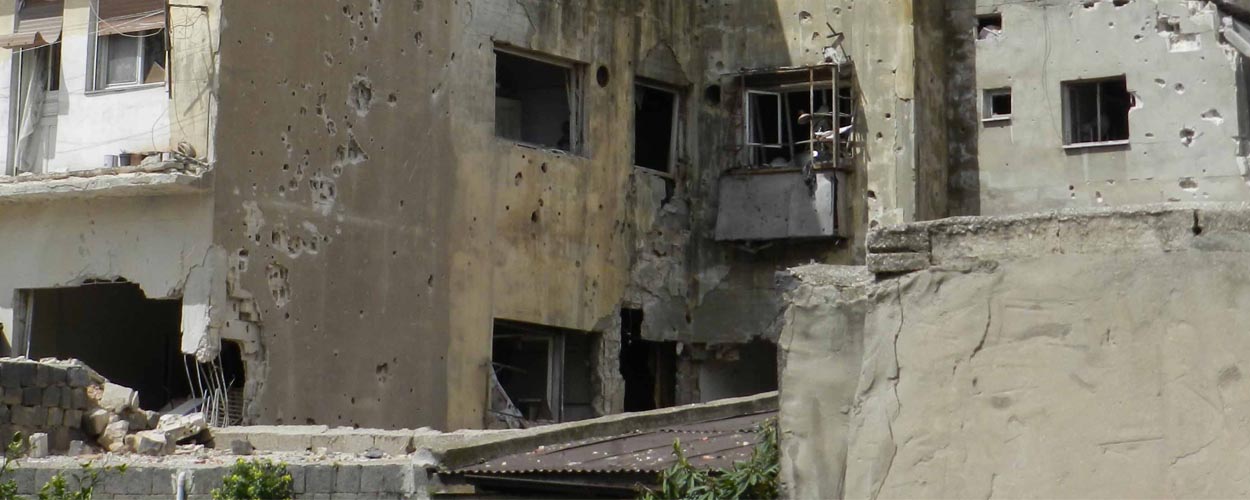Mount Qasioun soars above the Damascus plain to a height of four thousand feet, a sheer escarpment that for millennia has borne witness to insurrection, invasion, siege, and annihilation. Mankind’s first, albeit legendary, murder occurred in Qasioun’s Cave of Blood, where Cain crushed his brother Abel’s skull with a stone. For many Jews, Christians, and Muslims, Abel became the original martyr, the prototype for millions who followed him into blameless death.
Cafés on the summit used to afford a vista of the sprawling metropolis below, until the government banned visitors lest they act as artillery spotters for the rebels. Damascus divided in 2011 into hostile strongholds of the state and its armed opponents. Six and a half years later, the government has restored its rule to all the areas visible from Qasioun, apart from two besieged, nearly leveled, corners, one along the city’s eastern fringe and the other in a tiny pocket to the south. Occasional artillery and mortar rounds testify to the insurgents’ stubborn survival, but the rebellion no longer threatens the rule of Syrian President Bashar al-Assad. The postwar era has begun.
“The regime stays,” one diplomat in Damascus told me. “That’s it. The time of regime change is over.” Terms such as “regime change” and “transition” have for the most part disappeared from political discourse. The government is establishing a new normal. Electricity has been restored from a few hours to twenty-four most days. Water flows from the taps, the garbage is collected, and taxi drivers moan about traffic. Brides in white chiffon sway and ululate as they ride in open convertibles to their wedding parties. Far from Damascus, only a few zones of rural Syria elude the government’s grasp: Idlib in the northwest, two areas adjoining the Jordanian and Israeli borders in the south, the Kurdish-held desert beside Iraq in the east, and a small enclave between Idlib and the Turkish border.
Continue reading →


